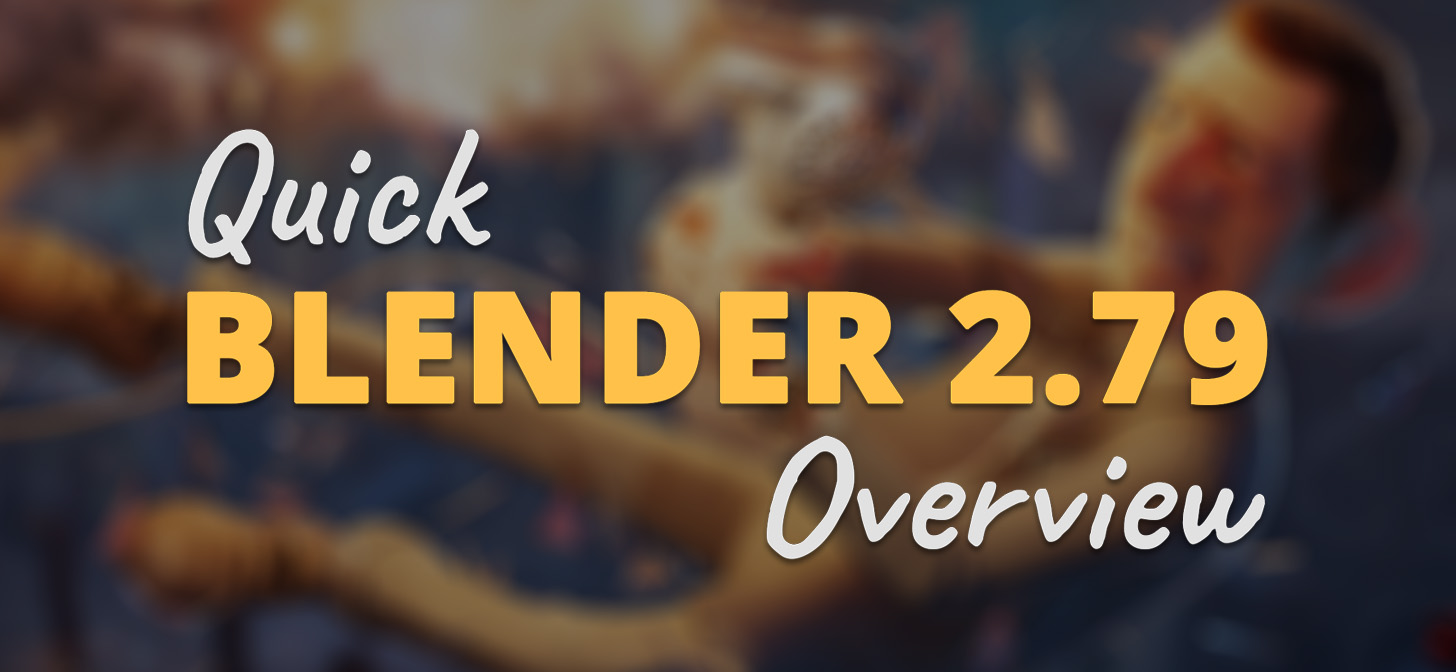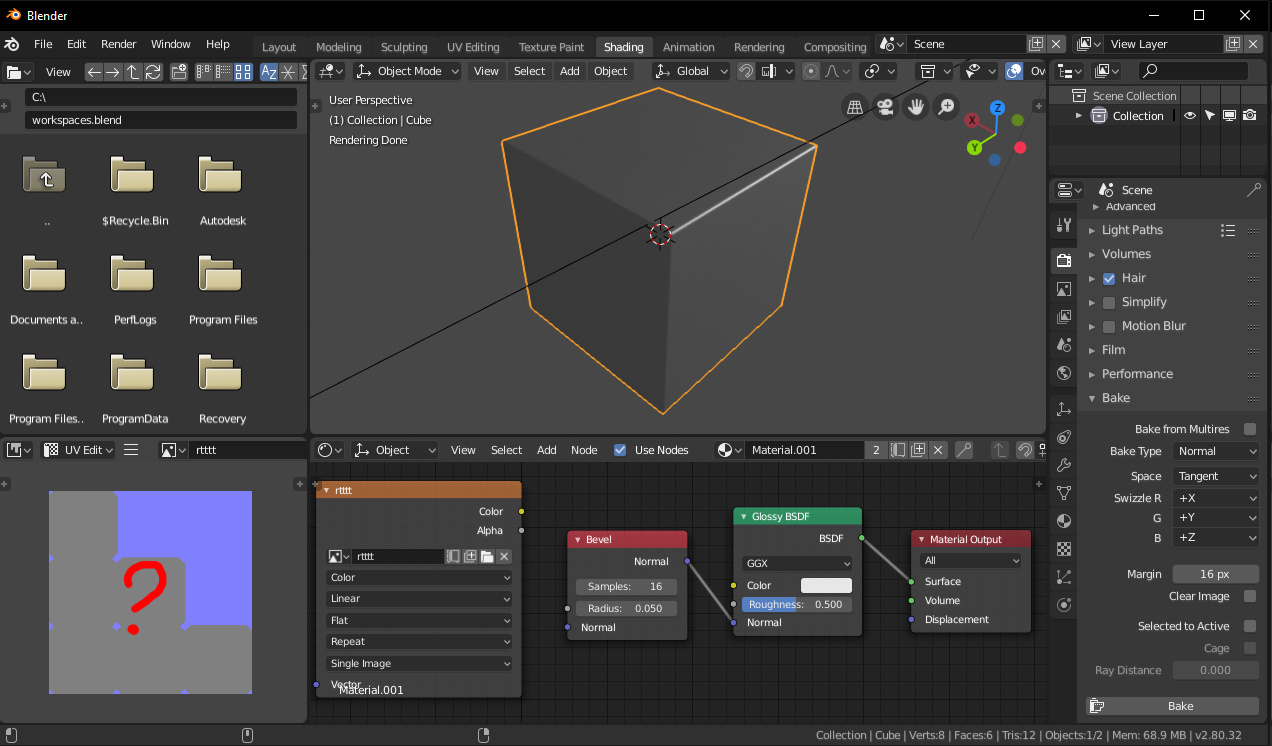
The internal structure of glTF, particularly of its binary section, is as close as possible to typical GPU data, ready-to-render. Let's start with a quick refresher on the intentions of the glTF format: It's a delivery format, not an asset interchange format. Blender doesn't make this simple, but, there are things we need to fix in the exporter to get this working better. Maybe when importing into 2.8 (only for the latest builds, I didn't notice this behavior when I created this thread)?Įdit: triangulation seems to be done on export, my object is triangulated when I import it into GodotĮdit 2: looking at the images I posted above, the triangulation seemed already present, I just had to ignore it :D

While the one without normal customs has the same normal before and after import.Īnother strange thing: there seems to be an automatic triangulation of the faces, without any option during import or export (export from Blender 2.8 and 2.79, import into 2.8). The "Shade Smooth" or "Shade Flat" option seems to be respected.īut in addition to autosmooth, normals always seem to have a problem: if I export two models with the "shade smooth" and Autosmooth (30°) options enabled, and one of them has normal customs (with the Weighted Normal modifier, applied before export), when importing the model with normal customs has different normals from the exported model. So you may select Cycles and then import the obj file.Indeed, I just looked at 2.8, no matter if the autosmooth is checked or not when exporting, it is checked for import. Note that if you load the obj file in while Blender Render is activated, the material will only work for the Blender's internal renderer. I also upload the obj file used here with its corresponding. blend file I used for getting these results: Does anyone know how can I create node trees (or through any other way) to enable Cycles capture detailed depth maps and surface Normals that reflect details of 3D shapes with respect to materials? The headlamps are using a transparent material:Īs you can see, all the details that I am interested in have not been captured in either the depth map or the surface Normal map when using Cycles.

As can be seen, the details shown here:Īnd here's the material nodes when using Cycles: This is also the case when rendering depth maps as shown below. However, when I switch to Cycles I get the following rendering: here, although the surface Normals are invariant to the camera angle.Īlthough the Cycles materials also have properties such as transparency, the renderings do not capture any of the details that I am interested in. Even if there is a way to get camera view invariant surface Normal maps using Blender's internal rendering, this is still not going to be what I want due to some technical reasons. However, a problem with the internal renderer is that the surface Normals depend on the camera angle which is not what I want. By details I mean the transparent materials such as glass are not affecting the Normals which is what I want.

I noticed that Blender's internal renderer is able to capture the details quite well as shown below (not for depth maps though). Or just click on Normal in RenderLayer settings and then render Normals. What I care about the most is how much of the details of the 3D shapes are captured in the depth maps or surface Normals.īpy.use_pass_normal = True

I am trying to render depth maps and surface Normal maps of different 3D shapes using Cycles.


 0 kommentar(er)
0 kommentar(er)
